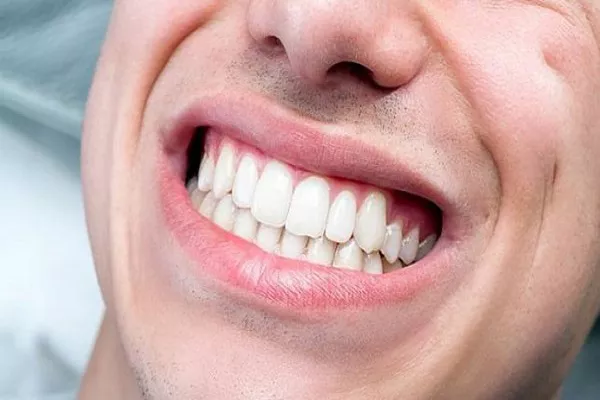Gingivitis, often dismissed as a minor inconvenience, is a common but potentially serious oral health condition. This article delves into the intricacies of gingivitis, exploring its causes, symptoms, and the potential dangers it poses to one’s overall health. Beyond its seemingly innocuous nature, gingivitis can lead to severe consequences if left untreated.
I. What is Gingivitis?
Gingivitis is the initial stage of gum disease, characterized by inflammation of the gums. This condition is primarily caused by the accumulation of plaque, a sticky film of bacteria that forms on the teeth. Poor oral hygiene, inadequate dental care, and certain health conditions contribute to the development of gingivitis.
II. Recognizing the Signs and Symptoms:
Gum Inflammation:
Red and swollen gums are early indicators of gingivitis. Understanding these visual cues is crucial for timely intervention.
Bleeding Gums:
One of the most common signs, bleeding gums during brushing or flossing should not be ignored, as it may indicate underlying issues.
Bad Breath (Halitosis):
Persistent bad breath can be linked to gingivitis, emphasizing the need to address the root cause of oral malodor.
Tender or Sensitive Gums:
Discomfort while chewing or consuming hot or cold beverages may signal gingival sensitivity, requiring prompt attention.
III. The Cascade Effect on Overall Health:
Oral-Systemic Connection:
Gingivitis is not confined to oral health; it has been linked to systemic conditions such as cardiovascular disease, diabetes, and respiratory issues.
Cardiovascular Implications:
Scientific evidence suggests a correlation between gum disease and cardiovascular problems, emphasizing the importance of maintaining optimal oral health.
Diabetes and Gingivitis:
Individuals with diabetes face an increased risk of developing gingivitis, creating a bidirectional relationship that necessitates comprehensive management.
Respiratory Health Concerns:
Aspiration of oral bacteria into the respiratory tract can lead to pneumonia, highlighting the interconnectedness of oral health and respiratory well-being.
IV. Risk Factors and Preventive Measures:
Poor Oral Hygiene:
Inadequate brushing and flossing contribute to plaque buildup, a primary precursor to gingivitis. Educating individuals on effective oral hygiene practices is essential.
Smoking and Tobacco Use:
Tobacco users are at a higher risk of developing gingivitis, as these substances compromise the immune system and hinder proper gum tissue function.
Health Conditions:
Conditions such as diabetes, HIV, and autoimmune disorders heighten susceptibility to gingivitis, necessitating tailored preventive strategies.
Nutritional Influences:
A balanced diet contributes to overall health, including oral well-being. Nutrient deficiencies can exacerbate gingivitis, emphasizing the role of nutrition in prevention.
V. Professional Intervention and Treatment Options:
Dental Cleanings and Scaling:
Regular dental check-ups and professional cleanings are crucial for plaque removal and early detection of gingivitis.
Antibacterial Mouthwashes:
Prescription or over-the-counter mouthwashes containing antimicrobial agents aid in controlling bacterial growth and reducing inflammation.
Dental Procedures:
In severe cases, advanced dental procedures such as root planing and laser therapy may be recommended to address deep-seated issues.
Collaborative Care:
A multidisciplinary approach involving dentists, hygienists, and healthcare providers is often necessary for comprehensive gingivitis management, especially in individuals with systemic health conditions.
VI. The Role of Patient Education:
Empowering Individuals:
Raising awareness about the dangers of gingivitis is paramount. Empowered individuals are more likely to prioritize oral health and seek timely intervention.
Promoting Routine Dental Check-ups:
Regular dental visits play a pivotal role in preventive care, allowing for early detection and intervention before gingivitis progresses.
Conclusion:
In conclusion, gingivitis is not a trivial matter. Its impact extends beyond the confines of the oral cavity, influencing systemic health. Understanding the dangers of gingivitis is the first step toward effective prevention and intervention. By fostering a comprehensive approach that combines professional dental care, patient education, and lifestyle modifications, we can mitigate the risks associated with this seemingly common yet potentially perilous condition. Prioritizing oral health is not just about preserving a confident smile; it’s about safeguarding overall well-being.
Related topics:
What can you use for gingivitis?































